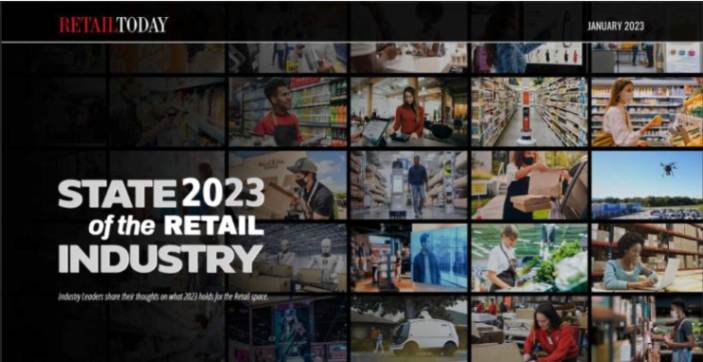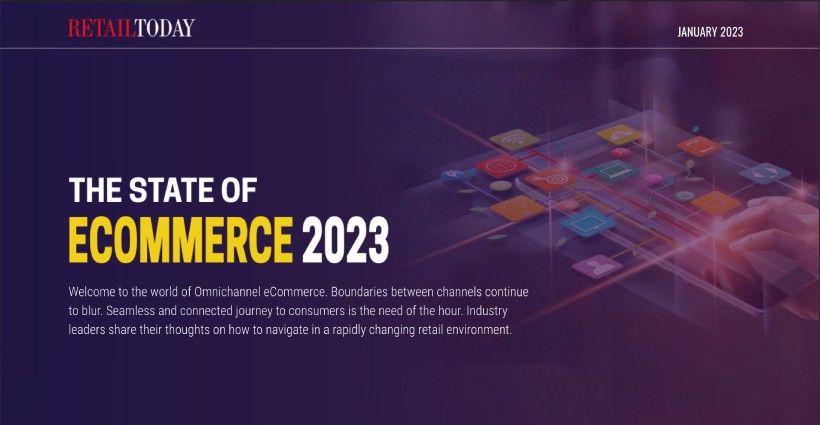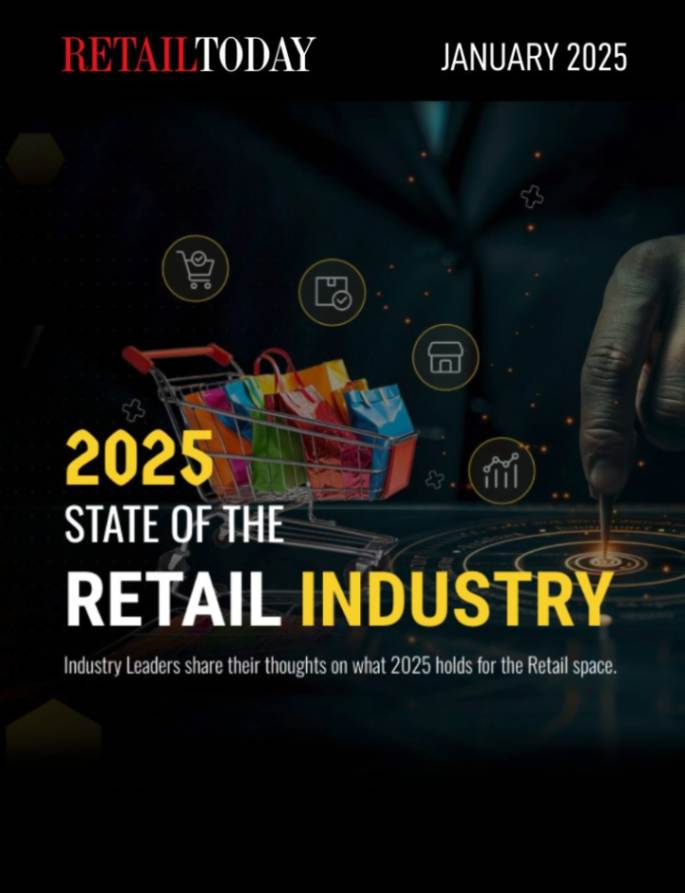
Let’s say you’re a general retailer, and when it comes to personalization, you’ve got game. Every time “Suzie Shopper” visits your ecommerce site, you know the categories, brands, styles and so on that appeal to her. Based on that, you know just what to show Suzie and what’ll make her convert… well, at least nine or 10 months out of the year.
When it comes to holiday shopping, though, shoppers’ intentions on your site are often different. The clothes, cosmetics and electronics that feature prominently in Suzie’s personalized recommendations — based on her prior history/purchases — aren’t likely to draw her in when she’s in gift-giving mode. In fact, they may even be antithetical to what she’s trying to accomplish.
So, retail merchandisers often need to approach their own holiday strategies a little differently. In instances where personalization based on history may fall short, there are other ways to create engaging, sticky, revenue-generating experiences. Here are five approaches to consider that help shoppers win at gift-giving and set your brand apart.
#1 — AI assistants
Take a shopper query like this one: “I’m looking for a gift for my 8-year-old nephew. He’s into soccer, science and superheroes… but not Batman; that was last year. Can you help me find something he’ll love in my price range?”
Traditionally, questions like that were best tackled by knowledgeable in-store associates. Imagine shoppers previously trying to type that into an ecommerce search bar — it simply wouldn’t compute.
Within the past year, though, innovative retailers have been changing the product discovery paradigm. They’re using generative AI to support, interpret and respond to conversational language queries in online search and chat — serving up results that make sense, are in-stock, and map to the individual shopper’s needs. And with shoppers’ search phrasing not limited to “caveperson speak” (terse terms, only keywords, etc.), they can express themselves in more natural, flexible ways and get expert advice when they’re unsure — expediting the pathway to purchase.
While this may have been a pipe dream a couple years ago, it’s no longer just conceptual. Walmart and Amazon, for example, have deployed proprietary AI assistant solutions, and some ecommerce software vendors offer similar white-labeled functionality to other retailers.
Emerging use cases in apparel, furnishings, grocery and general retail highlight impressive results: a 10% increase in website revenue, 6% increase in search conversions, 7% increase in clicks and more. And they align to what’s on shoppers’ wishlists: Nearly a quarter of US shoppers (23%) think “the ability to type full sentences into the search bar… and have it understand” would improve their ecommerce search experiences.
#2 — Holiday collections and landing pages
Popular stocking stuffers. Gourmet snacks for foodies. Self-care collections. You can give holiday shoppers ideas and inspiration by prominently highlighting — on your website, in email marketing, etc. — special collections designed to meet gift-giving needs. While these landing pages can be manually curated, retailers often save time and boost results with automation and AI.
For example, after merchandisers specify the kind of collection and set parameters, AI can help determine the best items to display — able to dynamically adjust what shoppers see (and how products are ordered) based on real-time engagement data.
#3 — Additional AI-based recommendations
You can also tap into product and aggregate customer data to serve up enticing recommendations for gift-givers. Is a shopper looking at a winter scarf? Highlight gloves or hats that complement it (“complete the look” or “frequently bought together” recommendations) to inspire shoppers, while increasing bundling and average order value.
Other holiday recommendation strategies may highlight what’s trending — providing social proof that can increase shopper confidence and spur gift-givers to purchase.
#4 — Online gift guides
Get your content and visuals ready! Online (as well as physical) gift guides are often a popular staple during the lead-up to the holidays. You can improve online gift guide performance by creating clear categories (e.g., “For kids,” “For him,” “For her,” “Under $50,” etc.); featuring products for different budgets and tastes; and making your guide mobile-friendly and easily searchable/navigable — with the ability to filter by brand, price, rating, in-store availability, etc.
Also consider using your guide to drive urgency with calls-to-action: including exclusive deals and shipping deadlines.
#5 — Gift-finder quizzes
Because gift guides typically address the needs of multiple personas, they’re often product-heavy. For shoppers seeking a more cut-to-the-chase, interactive experience tailored to their needs, consider deploying a gift finder.
Much like a discerning in-store associate, gift finders pose successive questions to shoppers — about who they’re buying for (interests, style, etc.) and their budget. Based on shoppers’ responses, they immediately receive tailored suggestions to help them select the most appropriate and attractive gift. Data shows nearly seven in 10 shoppers (65%) would be interested in filling out brief quizzes in exchange for these immediate, customized recommendations.
This more limited result set can reduce shopper “analysis paralysis.” And unlike with static gifting pages, merchandisers don’t have to sink time into manually managing results sets — with AI surfacing recommendations based on quiz responses, trending products, inventory, business KPIs, etc.
Mixing personalization with other strategies for happy holiday shopping
If personalization based on shopper history doesn’t quite fit the bill during gift-giving season, employing other tools and tactics — like the ones above — can help retailers drive deeper engagement.
But don’t write off personalization entirely during the holidays: Some shoppers (cough, cough) may purchase gifts for themselves for under the tree!
What’s more, while customizing experiences based on shoppers’ past/personal purchases may not be the best indicator of gift-giving intent, you can still get great value from personalizing based on their current behavior: using in-session engagement data to optimize experiences on landing pages, gift finders, AI assistants, browse functionality and so on.
The bottom line: With more than one-third of retail sales often generated during the holidays, it’s important to make holiday campaigns count. With a well-thought-out product discovery strategy, retailers can help consumers find the perfect gift while making their brand a one-stop-shop: something shoppers and retailers alike can feel merry about!






